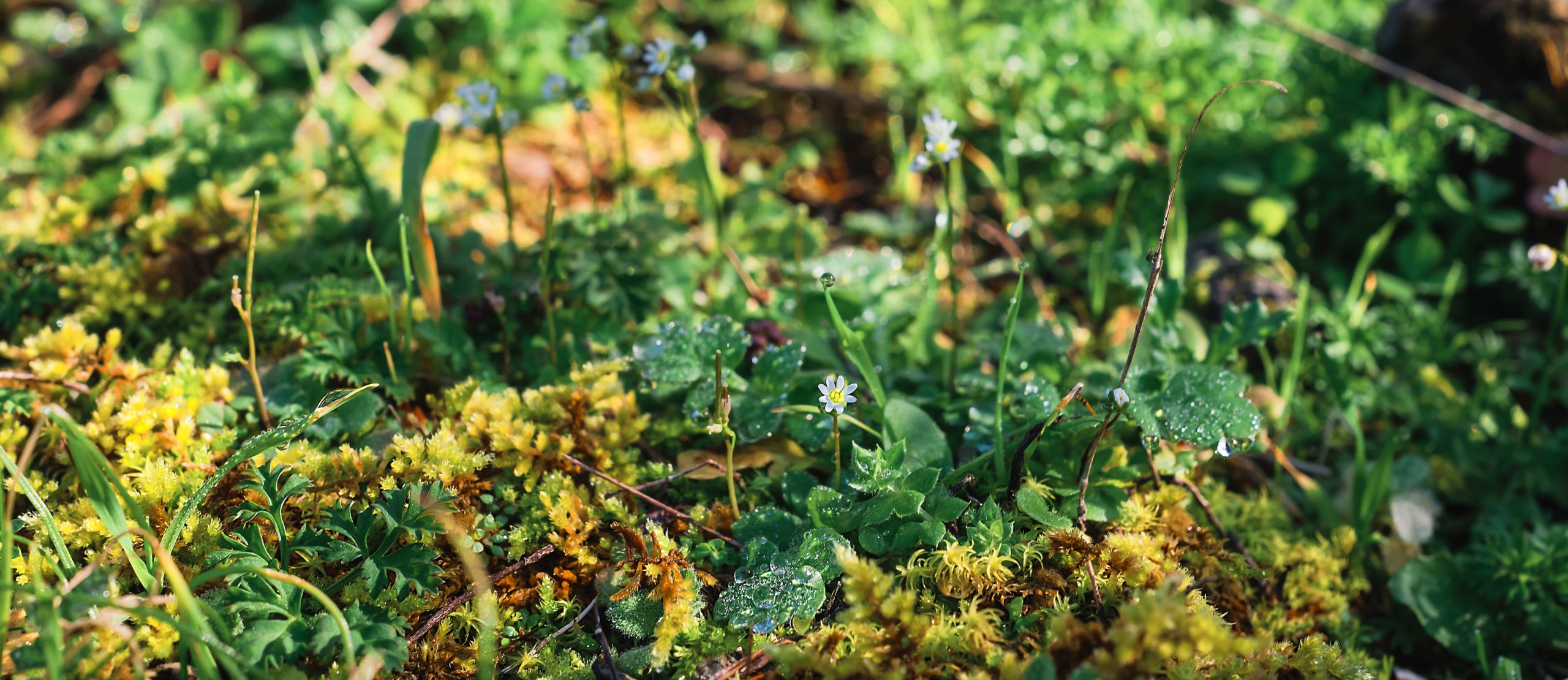Understanding Weed Abatement: Why It’s Essential for Property Maintenance
In the realm of property maintenance, one crucial aspect often overlooked is weed abatement. While the term may sound straightforward, its importance extends far beyond mere aesthetics. Let’s delve into what weed abatement entails and why it’s an indispensable practice for property owners.
What is Weed Abatement?
Weed abatement refers to the systematic removal or control of unwanted vegetation, commonly known as weeds, from a property. These weeds can include invasive plant species, overgrown vegetation, dry brush, or any plant growth posing a risk of fire hazard or property damage.
The Need for Weed Abatement
- Fire Prevention: In regions prone to wildfires, dry vegetation and overgrown weeds act as fuel, intensifying the spread and severity of fires. By implementing weed abatement measures, property owners reduce the risk of fire ignition and limit its potential devastation.
- Property Protection: Overgrown weeds not only detract from the visual appeal of a property but can also cause physical damage. They may encroach upon structures, block drainage systems, or create hiding places for pests and rodents, leading to structural issues and compromising the property’s integrity.
- Environmental Conservation: Invasive weeds have the potential to outcompete native plant species, disrupting the local ecosystem’s balance. Weed abatement efforts help preserve biodiversity and protect native flora and fauna from displacement.
- Regulatory Compliance: Many municipalities enforce weed abatement ordinances to ensure public safety and property maintenance standards. Failure to comply with these regulations may result in fines or legal penalties, making regular weed abatement a legal obligation for property owners.
Implementing Effective Weed Abatement Practices
- Regular Inspections: Property owners should conduct routine inspections to identify areas requiring weed abatement. Focus areas typically include vacant lots, perimeter fencing, and areas near structures.
- Mechanical and Chemical Control: Weed abatement methods may involve manual removal, mowing, trimming, or the application of herbicides. The choice of method depends on factors such as weed type, density, and environmental considerations.
- Professional Services: Engaging professional landscaping or weed abatement services ensures thorough and effective weed control. Experienced professionals possess the expertise and equipment necessary to address weed infestations safely and efficiently.
- Community Collaboration: In areas prone to wildfires, community-wide weed abatement initiatives can significantly enhance fire prevention efforts. Collaborating with neighbors and local authorities fosters a collective approach to weed control and promotes a safer environment for all residents.
In conclusion, weed abatement is not merely a landscaping chore but a vital aspect of property management with far-reaching implications for safety, environmental conservation, and regulatory compliance. By prioritizing weed abatement efforts, property owners contribute to a safer, healthier, and more sustainable community for generations to come.


